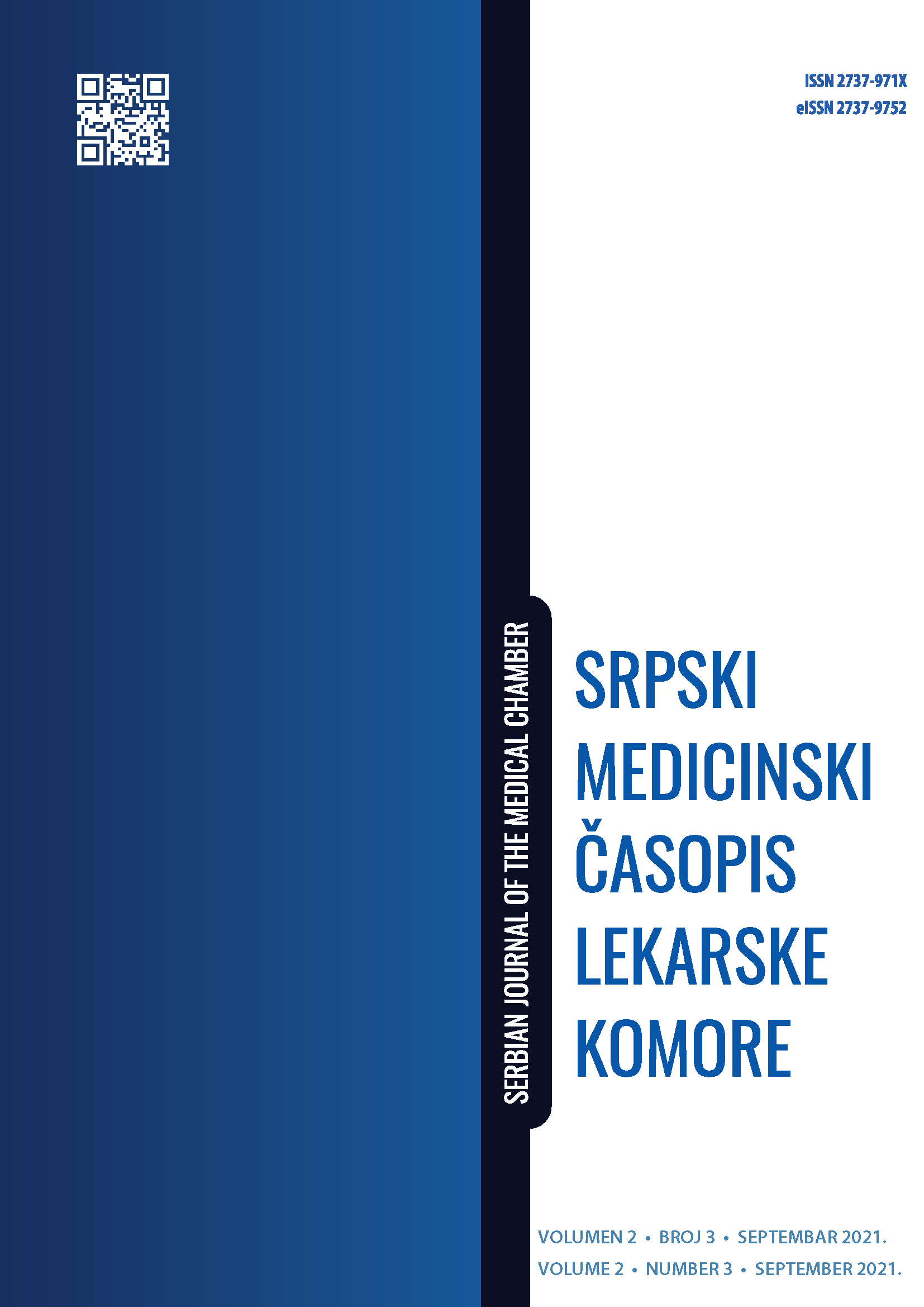TRIAGE AT NON COVID HOSPITAL DURING A COVID-19 PANDEMIC
Abstract
At the time of the Covid 19 pandemic, the Emergency Department (ED) University Clinical Center of Serbia (UCCS), although a non-covid hospital, had to adapt to take care of a large number of critically ill and potentially contagious patients.
In this paper, we present the adaptation of ED UCCS to the pandemic conditions where no exact protocols existed for acting in those kind of situations.
In March 2019, the Admission Triage Room (ATR) of Emergency Medicine was formed. Their main task was to separate patients with epidemiological risk (ER) from patients without risk and their further isolated care. ER assessment involves completing an epidemiological questionnaire, a targeted, brief history, temperature measurement, and assessment of the patient's respiratory status. The complete triage process, initial diagnosis, and treatment of patients with ER is the work and responsibility of emergency medicine specialists.
From March 15th 2020. till March 15th 2021. about 155000 patients were examined in ED and 9519 had ER and were taken care of in ATR.
This triage method minimizes the spread of infection while taking care of all critically ill patients, regardless of ER. However, both patients with low and high risk for COVID-19, were admitted all at the same site, due to space deficit. Also, triage refers only to "covid triage" and not to triage according to the degree of urgency of the patients, which is the primary task of every modern emergency center.

